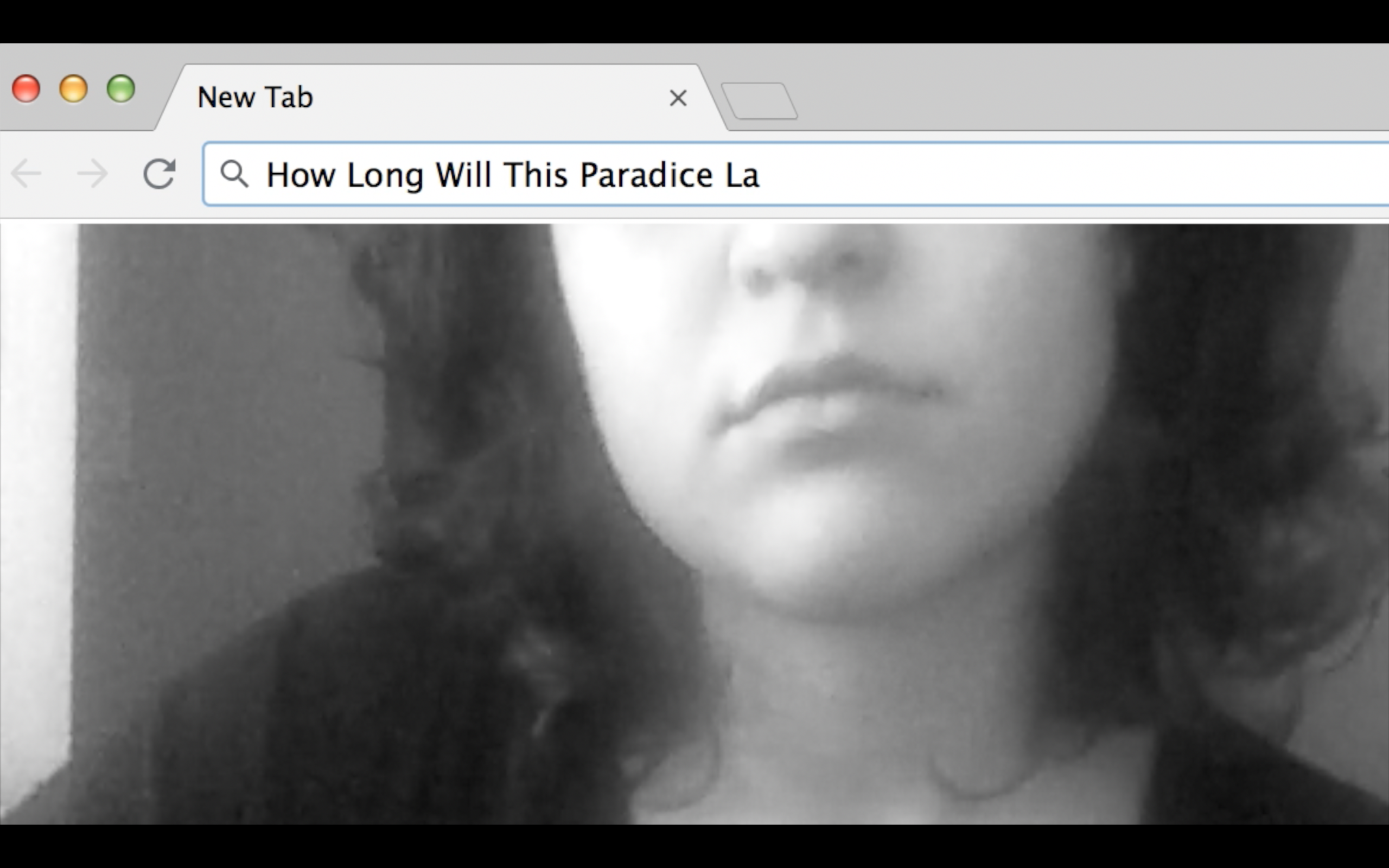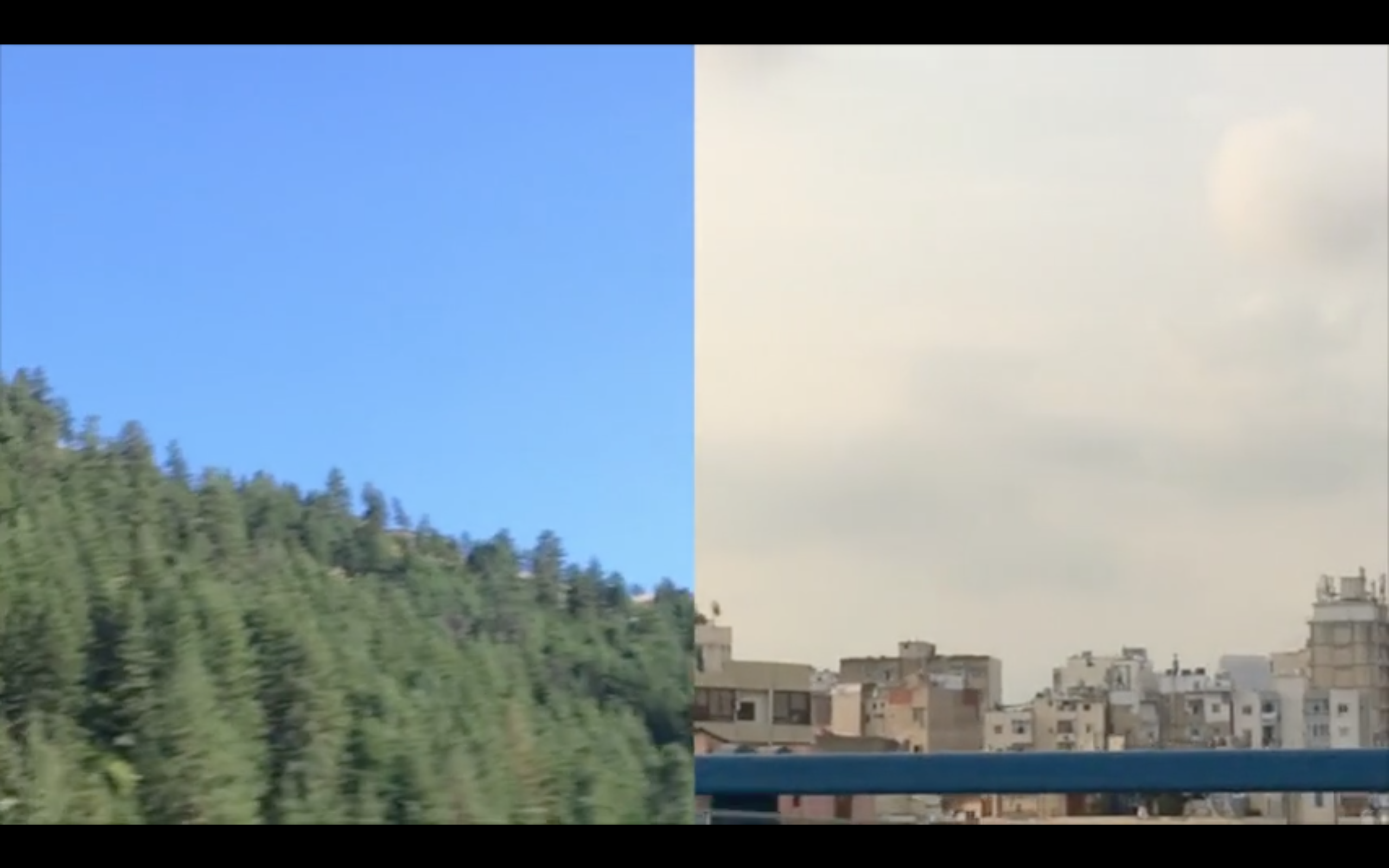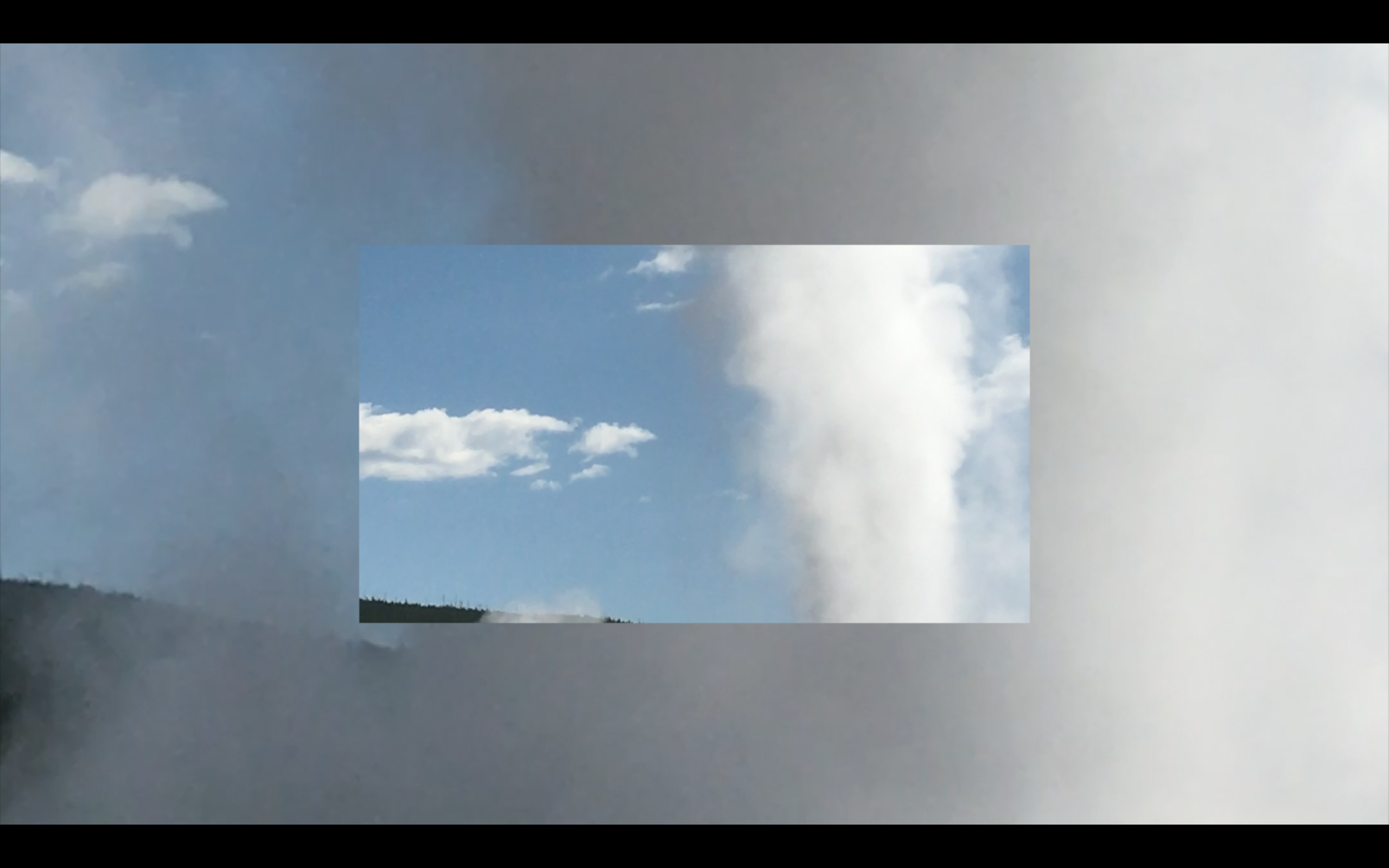Solo Exhibition @ ReTramp Gallery
Reuterstrasse 62, Neuköln, Berlin
September 21,- October 1, 2018
This exhibition is an inventory of the marks and traces I have made in places together with the marks and traces that places have left on me. Topographical representations and geological perspectives investigating interconnections between man and landscape.
The textile maps with line and text compositions interpret my own memory of movement and understanding of orientation. They are not accurate according to a map, rather, they express a creative cartography; mapping the way it felt as I traversed at the time. The ‘key’ on some maps show the captivated elements which define my experience. The use of graphs and data categorization is another method and attempt to exhibit experience without imagery or color. The viewers may create their own storylines of what’s happening within each piece.
Concepts of mobility, geography, and mental state can be found throughout this exhibition. A video projection of collaged moving scenery recorded from my iPhone provoke a situation of timelessness and placelessness. Most of the footage is recorded from car windows as I traveled through the USA, Europe, Lebanon, and South Korea. The combination of the different environments are juxtaposed with a hypothetical small-talk conversation from two people who shared a history and accidentally met. The video aims to portray the intricacies of our behavior towards each other and compare it to our behavior towards landscape. It is a contemplation about how or what we observe while discovering and traveling through different habitats.
Can a human psychological experience be correspondent with the psychology of the urban or natural environment? How different are we from the nature we came from or move towards? How influential is nature when reflecting on my own existence and displacement? Am I running because I need to, want to, or because the slope of the mountain is far too steep for me to simply walk down?




How Long Will This Paradise Last
9 min 15 sec
recorded with iPhone, Wiko Phone, and Apple Photo Booth
single channel
Stills:







This video work is a short reflection on minor occurances which show our sensitivity as humans as well as our Anthropocentric evolution as creatures of this earth. Scenes of landscapes out of car windows serve as the backdrop of a small talk conversation. The layers of the dialogue are executed with written subtitles and audible interpretations that exhibit the complexities of human to human relationships. The male robotic voice (Adam) and female robotic voice (Hestia) give the impressions of being old lovers who have not seen one another in a long time. The dialogues are overlapped with collaged video clips I collected of different landscapes from moving vehicles. Themes of irony, truth, responsibility, guilt, shame, pretentiousness, and sorrow take place within the first 5 minutes of the video work. These reflections are also coupled with imagery and symbolism of ecological awareness and destruction such as construction sites and polluted highways. The man, bewildered by his continual love for this woman, questions throughout how long the paradise will last.
I use the word paradise in this context because it can mean the idealization of life, the loft apartment or villa mansion on the beach, the weather, the geography you surround yourself with, the love you keep, the love affair you hide- all these things can be paradise and all these things can either be destroyed by us, or attribute to our own personal/global destruction. The repeated question rises within different contexts of the video imagery and text, giving a new context and meaning for paradise.
The video piece ends with a love poem recited by the female robotic voice. The poem is my own writing. The ambivalence of her robotic voice composed over diptych screen views of different landscape moving into and away from one another symbolize the delicateness of place and non-place. The voice is pleading for an answer from her lover- "Do your odds and ends reach for me?". I chose to pair different landscapes together to exhibit the unity or continuity landscapes have- regardless of nation, border, or hemisphere. In the end, we are all on this planet, which we should love. Which we are hoping will love us in return. But just as the poem ends, "the tragedy continues as it should... because we had forgotten how lucky we were."